- Joined
- 27 December 2005
- Messages
- 17,742
- Reaction score
- 26,323
Read the article from the link and you will find its written by the illustrator Gordon C. Davies for the Eagle comic, and is purely speculative.
Skyblazer said:Until something better comes our way...
Orionblamblam said:Is that a subtle hint? My copy of this illustration is quite a bit bigger and entirely legible. I can dig it up if interested.
hesham said:As in Flightglobal,here is a same artist drawing to a hypothetically,how the NX-2
would be looking.
Orionblamblam said:A clearer version of the illustration. Larger version available here.
Orionblamblam said:A clearer version of the illustration. Larger version available here.
Orionblamblam said:A clearer version of the illustration. Larger version available here.
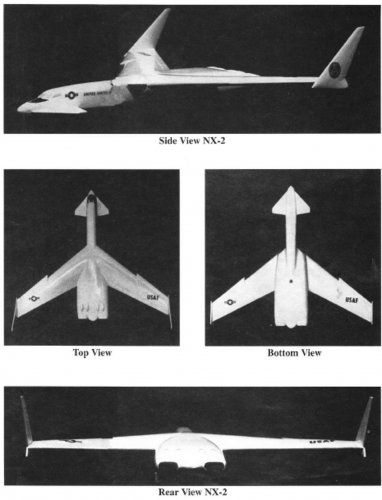
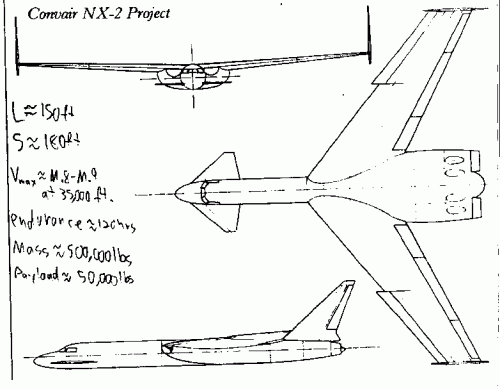
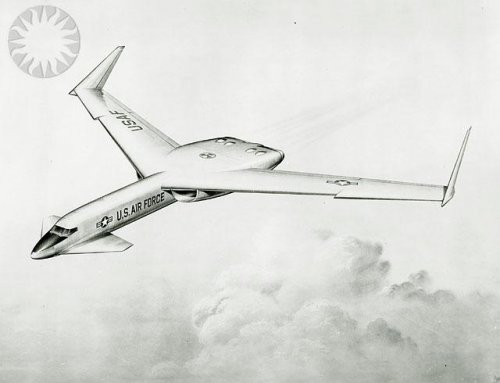
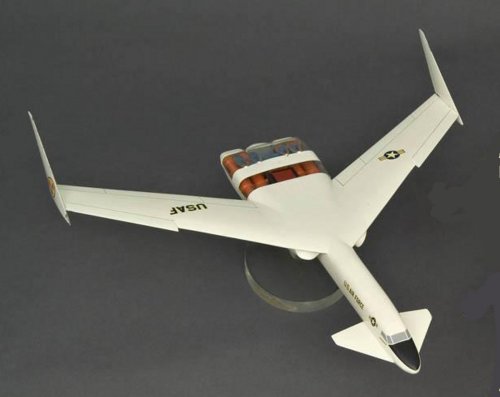
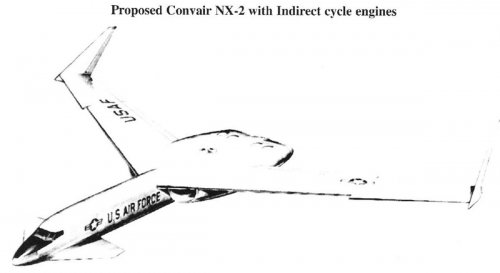


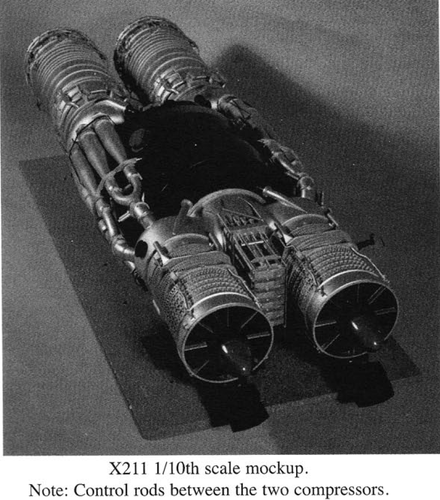
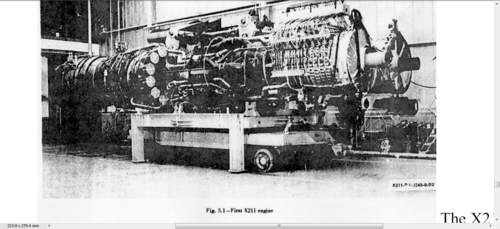
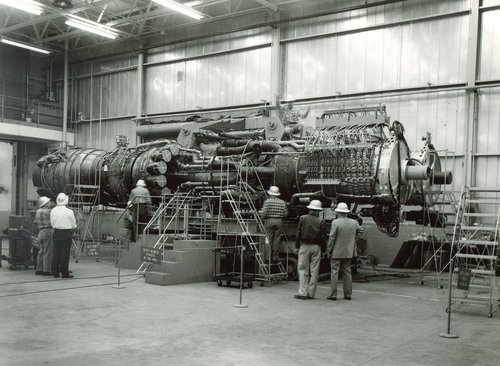
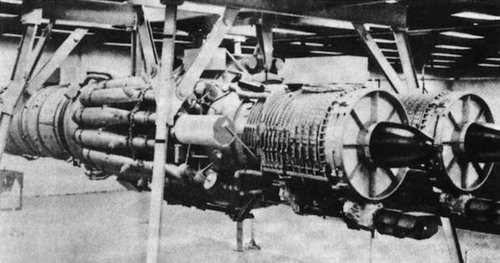
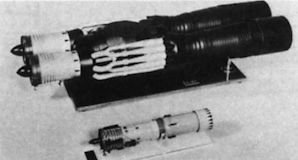
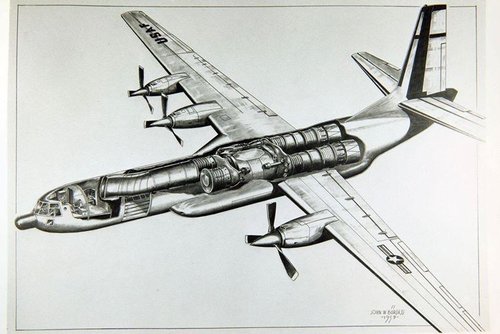
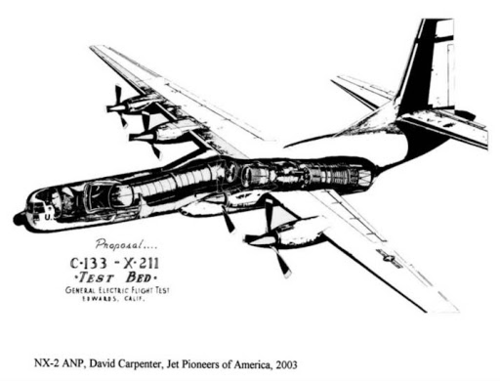
- they ended with a sodium-cooled reactor until 1961
(a bit like EBR-1 or Clinch River or Superphenix or Clancy Alpha -class ultrafast submarines
Now imagine a fully-armed A-plane powered by a sodium-cooled reactor crashing. It brings to mind what John D. Clark wrote about metal-fluorine fires: "For dealing with this situation, I have always recommended a good pair of running shoes."
A flying Sodium cooled reactor, what could possibly go wrong?
ROTFLNow imagine a fully-armed A-plane powered by a sodium-cooled reactor crashing. It brings to mind what John D. Clark wrote about metal-fluorine fires: "For dealing with this situation, I have always recommended a good pair of running shoes."
...A flying Sodium cooled reactor, what could possibly go wrong?
What could possibly go wrong, really... ??!!!
